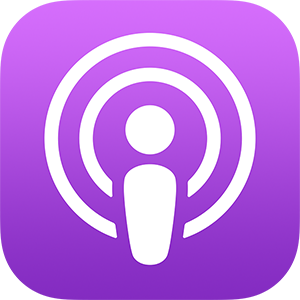“When we started putting videos on our website, at that point for a brand, everybody thought we were nuts. We thought we were nuts, but whatever. We needed to put it somewhere and we had it, so we put it up,” said Karen Horn, VP of Research & Growth for Cheddar Inc.. “It worked even then. And of course now these bite-size videos and VOD — it’s an industry unto itself, and it’s taking over even in our consumption habits of articles.”
Online video is just one of the major media and consumption trends that Karen Horn has helped ignite over the years. Before taking on her role with Altice News and Advertising overseeing the growth and development of Cheddar and News 12, Horn help strategize the creation and launch of ESPN+ and Disney+. Ever heard of them?
Leveraging data insights and as she put it, “a little bit of guesswork”, Karen Horn has been at the forefront of media innovation, and she joined the #Storyteller Experience stage to shed light on the latest growing trend coming to the industry: QR codes and leveraging the second-screen.
On the transition to remote production during the pandemic:
It was seamless overnight work. I mean, obviously the backgrounds changed, but the quality of the network and the quality of the reporting didn’t change at all. In fact, in many ways, it got better because we were able to be much more innovative in how we did things, and being able to offer videos in zooms made things so much simpler for even the guests that were on air.
On using QR codes on broadcast for the first time:
We just sort of came up with this one idea one day, what happens if we play with a QR code? We know that the audience is largely sitting there watching their news with their phones in their hand, approximately 80 to 85% of them are doing that. They’re playing on their email. They’re playing on Slack, they’re looking up different facts as they hear them on the news. So we know that there is a whole second screen experience going on there, but we’ve never really connected it together.
We have an older audience. So we went into this thinking, if we can get 500 people to click on this (QR code), we’re going to be happy. Yeah. Like 20 minutes later, we nearly took the website down. We had 19,000 clicks in just a course of a few hours. It blew us away.
On QR code best practices:
The QR code takes you right there. It’s a seamless experience. The big catch to it, of course, is that you have to have a strong reason for the audience to use it. You have to leave it up long enough for them to grab their phone, or even figure out how to take that picture. So you have to give them some time, and we’ve got to have a great experience on the other end. You don’t want them to go to a dud of a website.
On tracking the performance of QR codes:
How we got to that data — this is as simple as it can be. With QR codes you just throw in the URL, so we used a Bitly link and we’re getting the data off of Bitly so that we connect how much live linear was driving to the website. I correlate the Bitly against Google analytics. There’s some drop-off, not much, and clicks to actual page views are quite high. The engagement on the site for those coming through the QR code, it’s enormous. Much higher than coming from any other channel.
On something she took a guess on 10 years ago that is still paying off:
When we started putting videos on our website, at that point for a brand, everybody thought we were nuts. We thought we were nuts, but whatever. We needed to put it somewhere and we had it, so we put it up. It worked even then. And of course now these bite-size videos and VOD — it’s an industry unto itself, and it’s taking over even in our consumption habits of articles.
Another sort of version of that — I was in the early days of podcasting, which was also something — who’s going to listen to somebody ramble on for 20 minutes? Well, frankly, right now, you guys are listening to me, ramble on and you’re watching me. So both of these gambles worked out for me.
On the use of “explainer videos” during off-air time:
For those who don’t know what an explainer is, they’re taking a topic that’s of interest to the audience and explaining how it came about — the what’s, the why’s, the who’s, the where’s. And what this does, is it really taps into the audience’s curiosity.
It also functions from an audience growth standpoint in that we can take all that explainer material and put it up on YouTube. We can put it up on our website, and we can cross it over with the linear channels so that we’re bringing together the digital channels and driving them towards live viewership.
Subscribe to #Storyteller wherever you like to listen:
